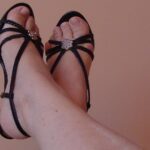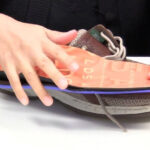If you’re like most people, you probably think that the only way to quiet loud shoes is to put padding in them. But you might not know that there are several other ways to do it. This article will show you how to make loud shoes quiet and more comfortable. So whether you’re going on a date or just trying to avoid annoying your neighbors, these methods will come in handy!
Loud shoes are a significant source of disturbance for many people. Unfortunately, loud shoes can be a problem at home, too. For example, if you live in an apartment complex, your neighbors might get annoyed if you walk around too loudly. And if someone’s always tramping up and down the stairs in heavy shoes at all hours of the day, you’ll know exactly what they mean. Luckily, there are several simple ways to make loud shoes quiet again.
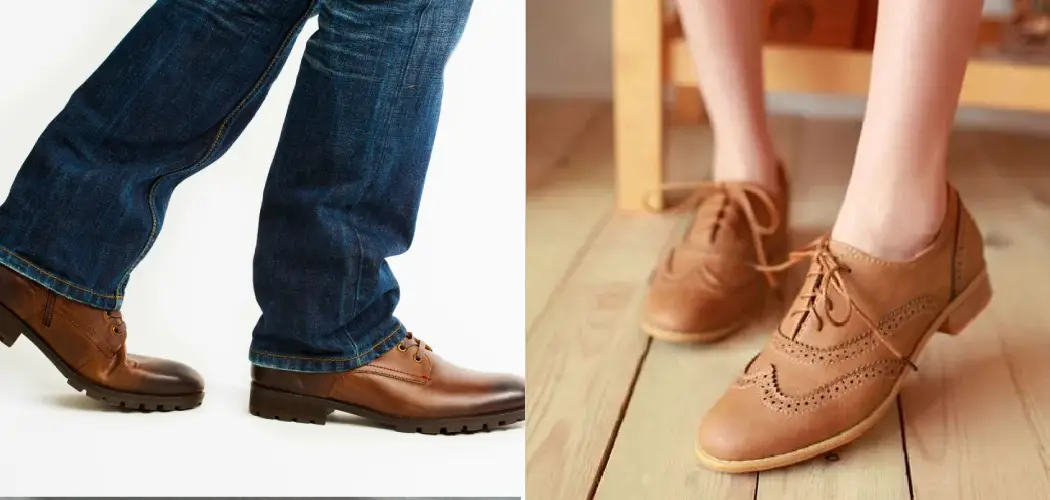
Why Do Shoes Make Noise?
To create comfortable and good-looking shoes, manufacturers use different materials to build the shoe’s sole. Usually, a thin outsole made of artificial material is glued to an insole, often made from rubber.
Unfortunately, because these two materials are very different in density and stiffness when you take a step or run/jump, your feet make noise against the ground due to the vibrations created by the differences in frequencies of the steps you take.
If people around you look at your feet while you’re standing still, they can hear them even though they might not be able to tell what exactly it is that makes that sound.
A Detailed Guide on How to Make Loud Shoes Quiet
Trick 1: Using Thicker Insole
If you are suffering from loud shoes, the first thing to do is get rid of your insoles. How much noise you make depends on how thick your insole is. Most people who have never thought about it would choose a thin insole because they are not aware that thicker ones can help reduce noise.
So instead, get an insole that has at least 3mm thickness. This way, it will function as both cushioning and sound-absorbing material. Don’t worry; the more you are willing to pay, your insoles will become perfect. These are available at stores that sell shoes for toddlers.
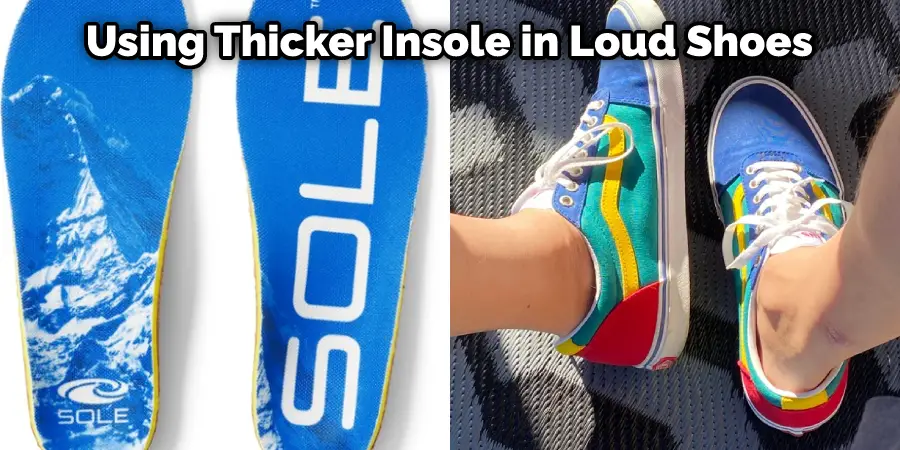
Trick 2: Use Rubber or Silicon Pads
This trick is perfect for those planning to use their favorite shoes. Follow these steps:
1. Cut rubber or silicon pads based on the pattern below.
It’s okay to cut the shape in a way that will fit your shoes best, so don’t worry about ruining them. This is because you can always cut another set if they get worn out after some time. Here are measurements for cutting rubber pads:
* Full length of sole (heel included) – 17cm x 4cm (thickness should be around 1-2mm) * Width – 6cm (you can make this wider or thinner depending on your preferences)
2. Peel off the backing paper of the rubber pad, then stick them to your shoes. Just peel the backing paper off first, then put it in place by sticking it to your shoe sole. Make sure that it gives slight pressure to adhere correctly even if you walk or dance wearing them. Use a ruler for better results.
Trick 3: Using Electric Tape (for Outdoor Performance or Hiking Only!)
Using electric tape is perfect, especially if you are planning to use your shoes outdoors, like during hiking or biking, because electrical tapes come in various colors and designs, making your physical appearance stand out more than using insoles with simple looks. Follow these steps:
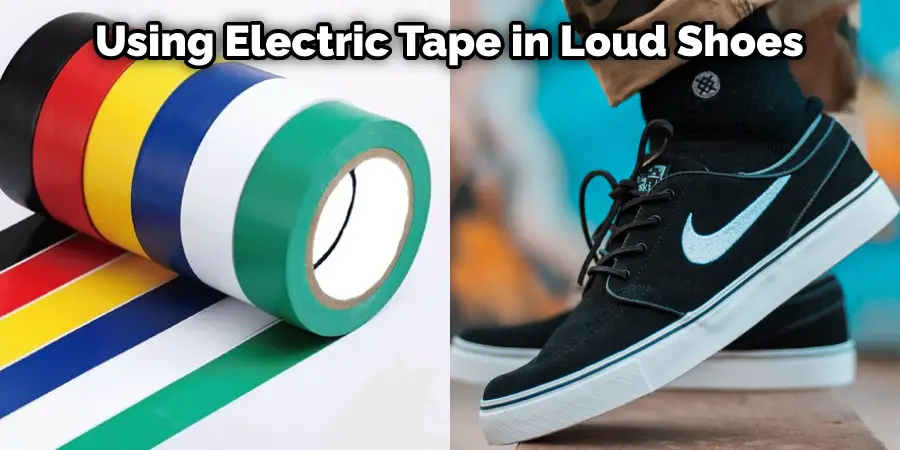
- Cut into a strip as wide as your shoe’s sole + 3cm margin on all sides. How long the strips should depend on your shoes and preference.
- Stick to one of the shoe soles, making sure that the sticky side will be facing outside so it won’t ruin your look or irritate your feet with a lot of tape residue on them after usage. Avoid putting too much tape because this will affect how well it can absorb shock from hard surfaces when you step down. Also, the more layers you put, the thicker and more solidified they become, which means more noise, especially if you go over clogs where insoles are installed inside.
Trick 4: Using Plaster of Paris
Plaster of Paris, also known as wet cement, is perfect for those considering using insoles with high levels of noise reduction. How? Well, these are materials that absorb sound waves. If you have a good pair of ear plugs installed simultaneously, it will be much better.
- There are two ways to go about this, depending on your preference. The first one is to mix equal parts of water and plaster of paris until it becomes smooth, then pour them into the shoe sole, making sure that there will be no bubbles or cracks which can cause more noises when stepped on (just imagine frying eggs, and you’ll know what i mean). How much water should be used is up to your preference.
- The second way is easier and faster, and that would be to pour plaster of Paris on the entire shoe sole immediately after wearing them then leave it on overnight. Again, how many layers would depend on how thick you want the insoles to become. Just make sure not to use too much water because this can cause cracks inside if the plaster absorbs excessive amounts of liquid.
Trick 5: Use a Rubber Heel Cover to High Heels
This is perfect for those planning to use their high heels for parties or any other special occasion. Follow these steps:
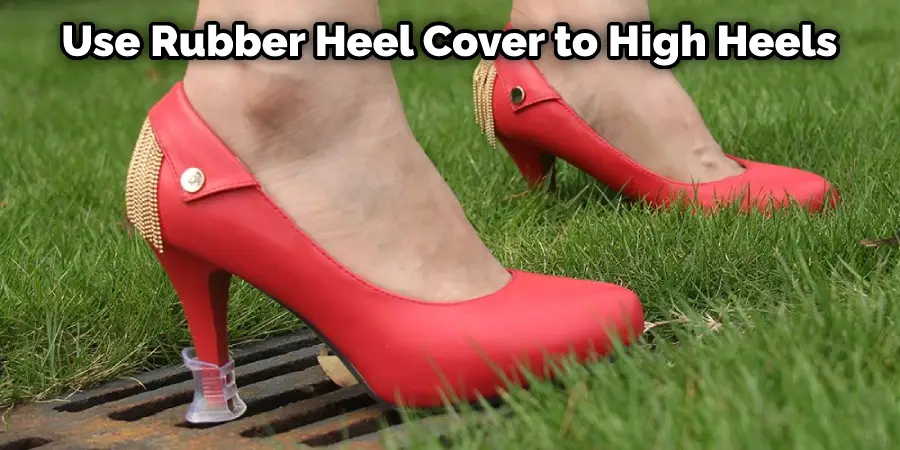
- Cut a piece of rubber that should be wider than your shoe’s heel (heel included) by around 1cm-2cm (this will vary depending on the type of shoes you are wearing). How wide it should become depends mainly on how thick the rubber is, plus your personal preference.
- Sticky side should be facing down, then attach this to your shoe’s heel cover where the back part of the covers starts (for reference, see laminated photo provided above). Again, how long this becomes depends on whether you want to gain more height or not because this can easily affect how you walk and balance yourself.
Trick 6: Use Shoe Goo
In this trick, you will be adding a thin layer of Shoe Goo to the bottom of your shoes. It is enough to even out the surface and covers all areas entirely for better results. How much water should be used is up to your shoe size.
- Apply a thin layer of Shoe Goo on one side of your shoe sole using a cotton ball or anything similar, then quickly attach it to the bottom part as tightly as possible, working from one edge to another until complete (repeat the same process for another shoe). How thin or thick should be determined by how light-weight your shoes are because Shoe Goo becomes thicker when cooked longer in high temperatures.
- Make sure to use a cotton ball or anything similar and not your bare hands because it can quickly leave dirt and residue on the shoe that may change how it looks. Again, how much water should be used is determined by your preference.
Trick 7: Use Sole Protector Stickers
These are stickers that contain adhesive on one side. How many layers should be done depends on how much soundproofing you want to occur. Also, how thick each layer becomes depends mainly on your preference. Still, it is suggested to use thin layers instead of putting too much material on the insoles because thicker layers can affect how well they absorb shock from hard surfaces.
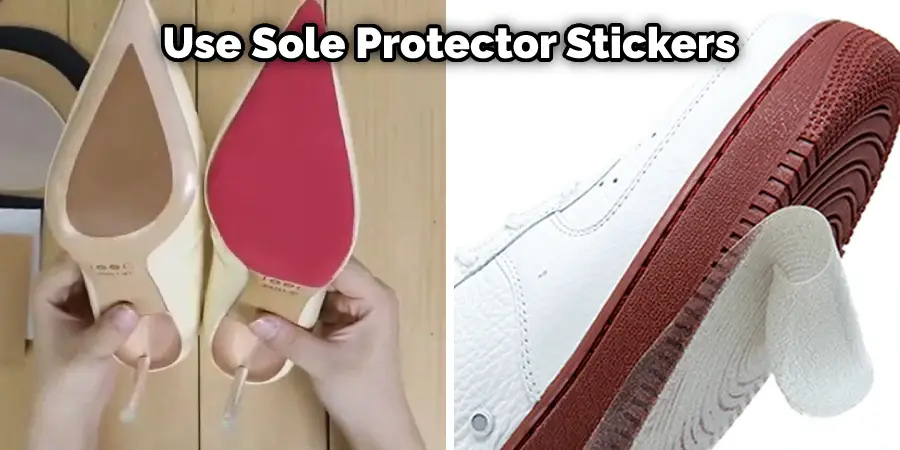
- Attach the sole protector sticker so that all areas become covered, including edges and crack part of your shoes then let it dry for a few minutes or until thoroughly dried up depending on the instructions stated in the product label (you might need several attempts to get this right). How thin or thick should be determined by how light-weight your shoes are because thicker layers will change their overall weight.
- Make sure to use a cotton ball or anything similar and not your bare hands because it can quickly leave dirt and residue on the shoe that may change how it looks. Again, how much water should be used is determined by your preference.
These tricks will help in how to make loud shoes quiet.
Conclusion
If you want to make loud shoes quieter, try these tips. First, at a local shoe store, ask if the sole is removable and replace it with one that has a softer material like rubber or cork. You can also switch your laces for ones made of leather as they are more flexible than nylon which will decrease noise from the friction.
And finally, consider using inserts in your heels to reduce vibrations when walking on hard surfaces such as tile floors or marble countertops. These simple steps on how to make loud shoes quiet should help alleviate some of the sound coming from those noisy shoes!


